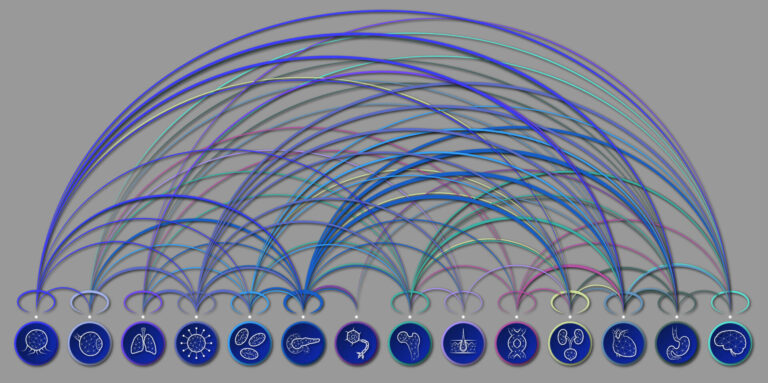Computer Science
Enlightened route to wireless communications
Smart windows that can polarize sunlight could offer a low energy alternative to Wi-Fi.

Sunshine streaming through a window could be directly harnessed for wireless data transmission to electronic devices. KAUST researchers have designed a smart glass system that can modulate the sunlight passing through it, encoding data into the light that can be detected and decoded by devices in the room. The use of sunlight to send data would offer a greener mode of communication compared to conventional Wi-Fi or cellular data transmission.
Basem Shihada had been exploring data encoding into an artificial light source when he had the lightbulb moment to use sunshine. “I was simply hoping to use a cell phone camera to record a video of the encoded light stream to try to decode the video to retrieve the data; that’s when I thought, why not do the same with the sunlight?” Shihada recalls. “This would be much easier and can be done over the cell phone camera too. So we began to explore sunlight as an information carrier,” he says.
The team has now designed a sunlight communication system comprised of two parts. “There is a light modulator that can be embedded in a glass surface and an in-room receiver,” says Osama Amin, a research scientist in Shihada’s labs. “The modulator is an array of our proposed smart glass elements known as Dual-cell Liquid Crystal Shutters (DLSs),” he says. The liquid crystal shutter array, which would act like a filter to encode signals into the light as it passes, would require just 1 Watt of power to operate, which can be supplied using a small solar panel.
In previous optical wireless communications system designs, data has typically been encoded by varying the light intensity, explains Sahar Ammar, a student in Shihada’s team. “But if the frequency of these intensity changes is too low, it can be detected by the human eye and cause an uncomfortable flicker effect,” she says.
The DLS is therefore designed to manipulate a property of light called polarization. “Change in light polarization is imperceptible to the eye, eliminating the flicker problem,” Ammar says. “The communication system works by changing the polarization of the incoming sunlight at the modulator side. The receiver can detect this change to decode the transmitted data.”
According to the team’s calculations, the proposed setup could transmit data at a rate of 16 Kilobits per second. “We are now ordering the necessary hardware for a testbed prototype implementation,” Shihada says. “We would like to increase the data rates from Kilobits to Mega- and Gigabits per second,” he adds.
References
- Ammar, S., Amin, O., Alouini, M.-S. & Shihada, B. Design and analysis of LCD-based modulator for passive sunlight communications. IEEE Photonics Journal 14, 1 (2022).| article
You might also like

Computer Science
Green quantum computing takes to the skies

Computer Science
Probing the internet’s hidden middleboxes

Bioscience
AI speeds up human embryo model research

Computer Science
Improving chip design on every level

Computer Science
Sweat-sniffing sensor could make workouts smarter

Computer Science
A blindfold approach improves machine learning privacy

Computer Science
AI tool maps hidden links between diseases

Bioscience




